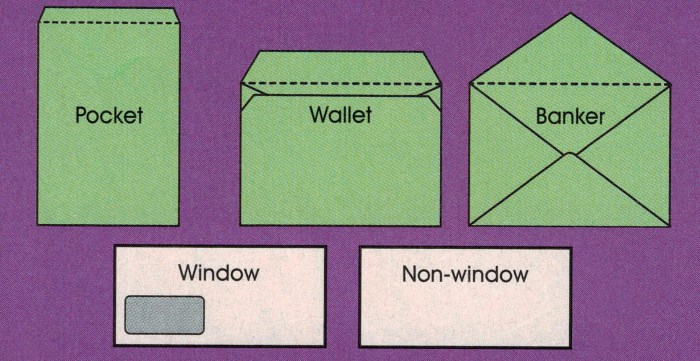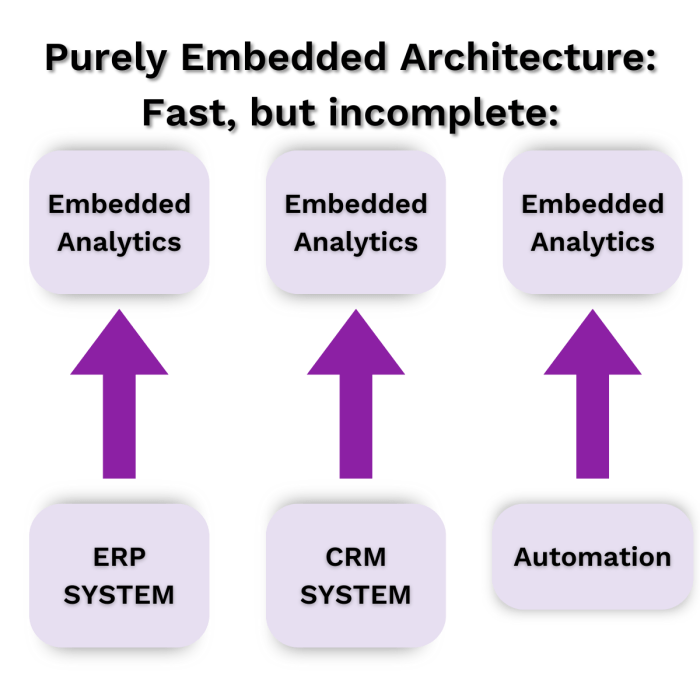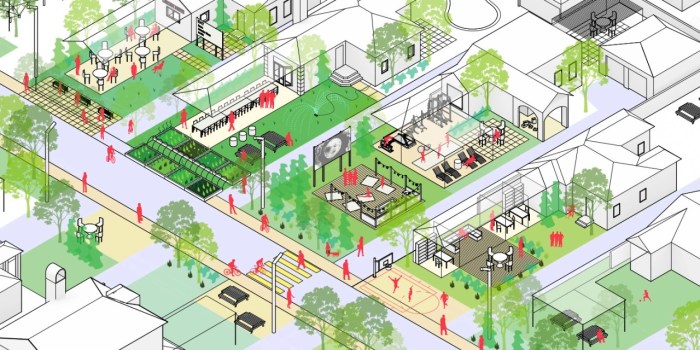Exploring Lautner House Sustainability Envelope Features
Embarking on a journey through the sustainable features of Lautner House, this introduction sets the stage for a captivating exploration of its architectural marvels.
Delving deeper into the specific envelope features and construction techniques, we unveil the essence of sustainability in architecture.
Introduction to Lautner House Sustainability Envelope Features
Sustainability in architecture focuses on creating buildings that are environmentally friendly, energy-efficient, and socially responsible. It involves incorporating design elements and materials that reduce the impact on the environment and improve the well-being of occupants.
The envelope features of a building play a crucial role in sustainable design as they are responsible for regulating temperature, controlling light, managing moisture, and providing insulation. By optimizing the envelope, architects can enhance energy efficiency and reduce the overall carbon footprint of a structure.
Overview of the Lautner House
The Lautner House, designed by renowned architect John Lautner, is a masterpiece of modern architecture known for its innovative design and sustainable features. Located in Los Angeles, California, the house showcases Lautner's unique approach to blending nature with architecture, creating a harmonious relationship between the built environment and the surrounding landscape.
Key Envelope Features of the Lautner House
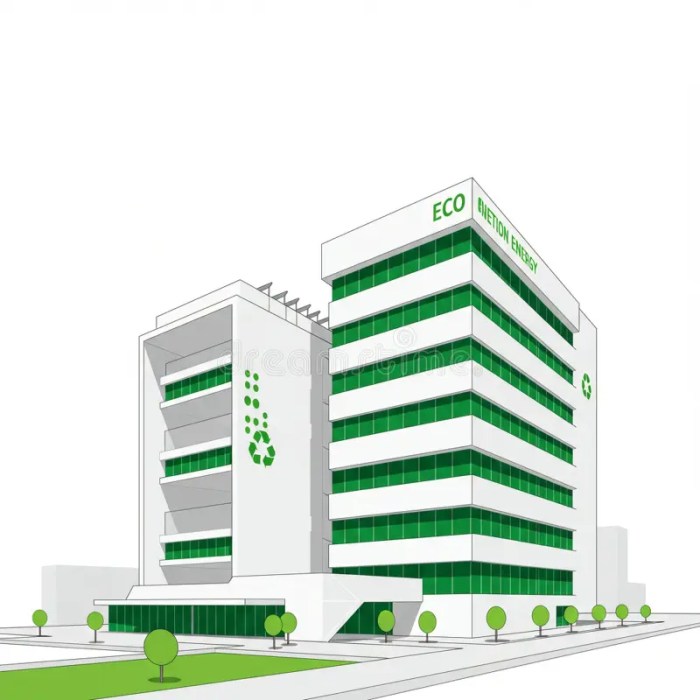
John Lautner's design of the Lautner House incorporates several sustainable envelope features that contribute to energy efficiency and environmental sustainability.
Solar Passive Design
The Lautner House utilizes a solar passive design, which includes strategically placed windows and skylights to maximize natural light and heat gain, reducing the need for artificial lighting and heating.
Thermal Mass
The use of thermal mass in the construction of the Lautner House helps regulate indoor temperatures by absorbing and storing heat during the day and releasing it at night, reducing the reliance on mechanical heating and cooling systems.
Green Roof
The incorporation of a green roof in the design of the Lautner House provides insulation, reduces stormwater runoff, and helps mitigate the urban heat island effect, contributing to energy efficiency and environmental sustainability.
High-Quality Insulation
The Lautner House features high-quality insulation in its walls, roof, and floors, minimizing heat transfer and improving overall energy efficiency by reducing the need for constant heating or cooling.
Integration of Sustainable Materials
John Lautner used sustainable materials in the construction of the Lautner House, such as recycled wood, reclaimed stone, and eco-friendly finishes, further enhancing the building's environmental performance.
Materials and Construction Techniques
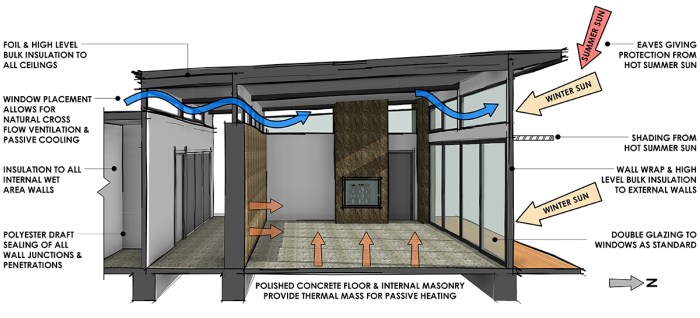
The Lautner House is constructed using a combination of sustainable materials and innovative techniques that contribute to its overall environmental performance.
Materials Used
The construction of the Lautner House primarily utilizes locally-sourced timber, reclaimed wood, and recycled steel. These materials not only reduce the carbon footprint associated with transportation but also promote the reuse of resources, minimizing waste in the process.
Enhancing Sustainability
By incorporating these sustainable materials, the Lautner House achieves a high level of energy efficiency and thermal performance. The use of timber and reclaimed wood helps in regulating indoor temperatures, reducing the need for artificial heating and cooling systems. Additionally, recycled steel provides structural strength while minimizing the environmental impact of steel production.
Innovative Construction Techniques
To further enhance sustainability, the construction of the Lautner House includes passive design strategies such as orientation, shading, and natural ventilation. These techniques maximize natural light, minimize heat gain, and promote airflow, reducing the reliance on mechanical systems for heating and cooling.
Moreover, the integration of green roofs and rainwater harvesting systems demonstrates a holistic approach to sustainable construction, effectively managing water resources and reducing stormwater runoff.
Passive Design Strategies
Passive design strategies play a crucial role in the sustainability of the Lautner House by maximizing natural resources and minimizing energy consumption.
Natural Light Optimization
One of the key passive design strategies in the Lautner House is the strategic placement of windows and skylights to optimize natural light penetration. This not only reduces the need for artificial lighting during the day but also creates a bright and airy atmosphere within the space.
Ventilation Enhancement
The Lautner House incorporates passive ventilation systems such as operable windows and cross-ventilation to promote airflow and regulate indoor temperatures naturally. This helps maintain a comfortable and healthy living environment without the need for mechanical cooling systems.
Thermal Comfort Improvement
Through proper insulation, shading devices, and thermal mass elements, the Lautner House effectively manages heat gain and loss to enhance thermal comfort. This passive design approach ensures a stable indoor temperature throughout the year, reducing the reliance on heating and cooling systems.
Energy Consumption Reduction
By harnessing natural light, ventilation, and thermal comfort through passive design strategies, the Lautner House significantly reduces its energy consumption for lighting, heating, and cooling. This not only lowers utility bills but also minimizes the carbon footprint of the building, contributing to a more sustainable living environment.
Integration of Technology
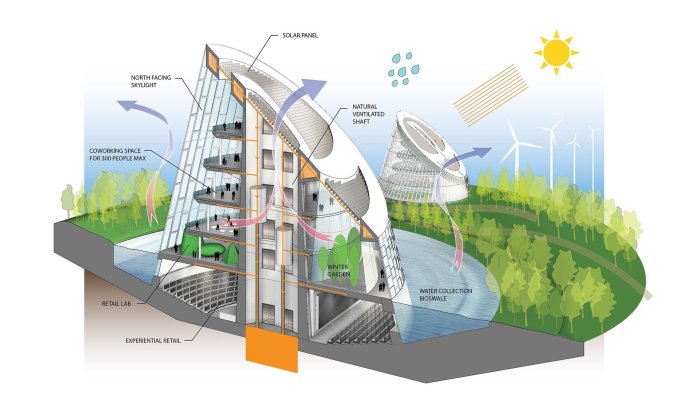
Technology plays a crucial role in enhancing the sustainability and energy performance of the Lautner House. By incorporating advanced technological solutions, the building is able to achieve a higher level of efficiency and reduce its environmental impact.
Smart Building Systems
- Smart building systems, such as automated lighting and HVAC controls, optimize energy usage based on occupancy and daylight levels, reducing overall energy consumption.
- Integration of sensors and smart meters enable real-time monitoring of energy usage, allowing for adjustments to be made to maximize efficiency.
- The use of smart thermostats and energy management systems help regulate indoor temperatures and reduce heating and cooling loads, further improving energy performance.
Renewable Energy Technologies
- The installation of solar panels on the roof harnesses renewable energy sources to generate electricity, reducing reliance on non-renewable resources and lowering carbon emissions.
- Wind turbines may also be incorporated into the design to supplement the energy needs of the building, promoting sustainability through the use of clean energy sources.
Building Automation and Control Systems
- Building automation and control systems allow for centralized management of various building functions, optimizing energy usage and enhancing overall operational efficiency.
- Integration of Building Information Modeling (BIM) technology aids in the design and construction phases, streamlining processes and reducing waste materials, contributing to sustainability.
Wrap-Up
In conclusion, the Lautner House stands as a testament to innovative sustainable design, blending tradition with technology for a greener future.
FAQ Insights
What sustainable envelope features does Lautner House incorporate?
Lautner House features include passive design strategies, energy-efficient materials, and innovative construction techniques.
How do these envelope features impact energy efficiency?
The features enhance energy efficiency by optimizing natural light, ventilation, and thermal comfort, reducing overall energy consumption.
What sets Lautner House apart from other sustainable buildings?
Lautner House's blend of traditional sustainable design principles with modern technological advancements sets it apart in the architectural landscape.

